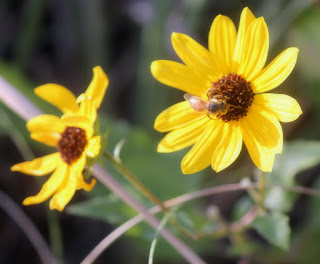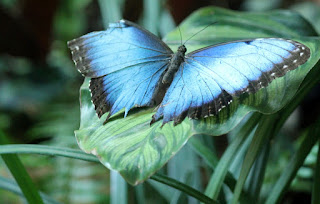“Now and then it’s good to pause in our pursuit of happiness
and just be happy.”
—Guillaume Appollinaire
Just for fun, I arranged this alphabetical list of 26 things
that make me happy. (Click on the highlighted words to go to a related post.)
- Animals. Companions, friends and teachers.
 |
| Miss you, Scout |
- Book stores. New, used, online—I’m not picky.
- Chocolate. Yum.
- Drawing. Also known as sketching.
- Everglades. A new-to-me fascination.
- Family and friends. Both are indispensable to my happiness.
- Gardens. Here, there and everywhere.
- Hugs. Few things feel better than a really good hug.
- Internet. Font of information…and time waster.
- Journals. If I don’t write about it, did it really happen?
- Kisses. Mwaah! (That’s supposed to be a kissing noise.)
- Laughing. Right up there with hugs on the feel-good-o-meter.
- Massages. My back has been feeling a little stiff lately…
- Naps. Say zzzzz…
- Orchids. A dangerous hobby.
- Pomegranates. Counting the months until pomegranate season.
- Quiet. Looking forward to some after our bathroom renovation is completed.
 |
| How do you like the new location for the tub? |
- Rocking Chairs. Rocking in one as I write this.
- Singing. Love to listen to it, love to do it.
- Tank. Need I say more?
- Underdogs. They have the best stories.
- Vacations. I’m ready for the next one.
 |
| Walden Pond |






















































.jpg)


